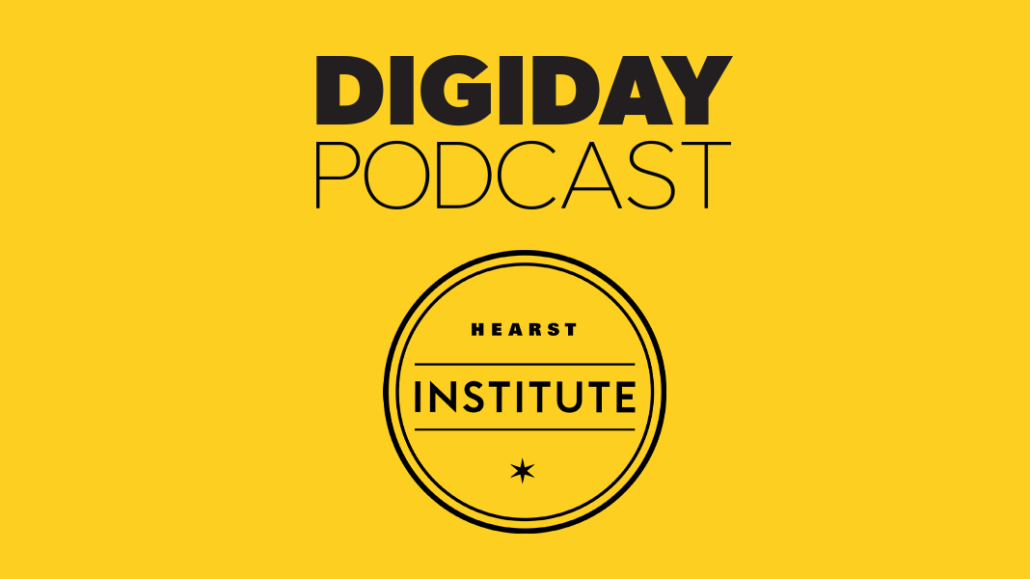Hearst UK wants all of its brands to have Good Housekeeping’s authority in product testing

Good Housekeeping set a standard at Hearst UK that the rest of the portfolio wants to replicate.
For nearly 100 years, the homelife magazine has cultivated a following of readers who trust its product recommendations, reviews and seals of approval enough to spend their money on those tried and tested items. Now, the Good Housekeeping Institute has expanded into the Hearst Institute, enabling the rest of the UK-based titles to use the same resources, experts and testing facility that has strengthened the GH brand’s trust with readers.
In the latest episode of the Digiday Podcast, Laura Cohen, Hearst UK’s head of accreditation, talks about what the expansion means for both the physical operations of the Hearst Institute as well as its ability to drive revenue from working with more brands and producing more content that can be monetized through affiliate commerce.
Below are highlights from the conversation that have been lightly edited for length and clarity.
Replicating the Good Housekeeping model
The Good Housekeeping Institute has been testing products since 1924, so [it’s] nearly 100 years old. We’ve taken the amazing credibility and authority that the GHI has and we’re utilizing that and expanding it to all brands at Hearst [including] Cosmo, Harper’s Bazaar, Esquire, Men’s Health [and] Women’s health. We’ve taken what the GH Institute does, which is test products and write reviews that consumers find really useful, and we are taking that across the whole of Hearst.
Widening the aperture to different editorial perspectives
A lot of our brands write about beauty, music, women’s health and men’s health [but] Harper’s Bazaar will look at beauty in a slightly different way to Cosmo in a slightly different way to Elle in a slightly different way to Good Housekeeping. So that’s where a lot of our testing can fit across lots of different brands because actually, Good Housekeeping might talk about a certain number of brands when it comes to eye cream, whereas Harper’s Bazaar would talk about slightly different brands. And so we’ve tested them all [in the end].
Making money on reviews
The main way in which we monetize the product testing is through selling the accreditation. So the Good Housekeeping Institute-approved or Harper’s Bazaar-approved. Normally, we offer between a six and a 12-month license on that individual product that’s passed the testing. And then clients can come to us and we can have a conversation about renewals at the end of the license period.
We also drive revenue through affiliate and e-commerce. There’s a huge amount of content that comes out of all the testing that we do and that content is then hosted on various different Hearst brand websites. What we found is that the products that had a logo next to them were the best-selling products within that article.
More in Media

Publishers are hunting for AI prompt data — now they’re starting to get it from third-party companies
Publishers are finally gaining some visibility into AI search, as new prompt data tools crack open a black box.

Digiday+ Research: Publishers’ growing focus on video doesn’t translate to social platforms
Major publishers have made recent investments in vertical video, but that shift is not carrying over to social media platforms.

Technology x humanity: A conversation with Dayforce’s Amy Capellanti-Wolf
Capellanti-Wolf shared insight on everything from navigating AI adoption and combating burnout to rethinking talent strategies.








